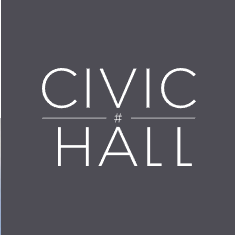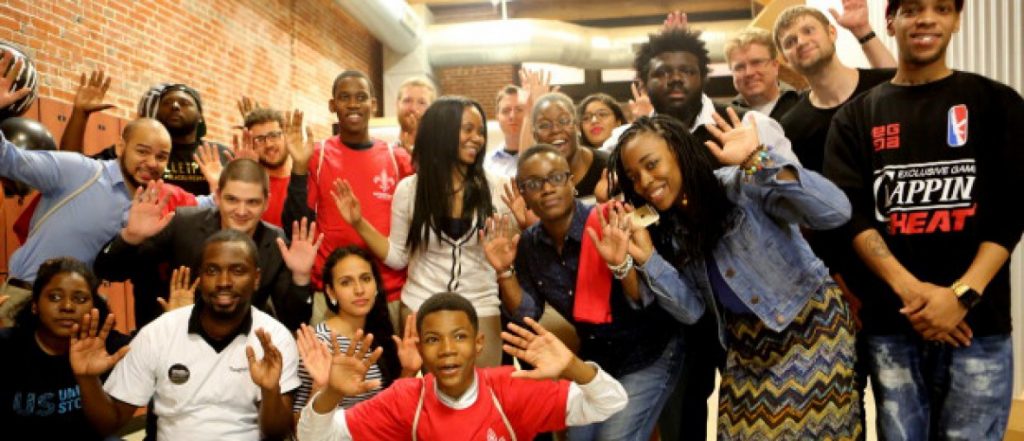IN POLAND, A CITIZENS’ MOVEMENT ACTS AS WATCHDOG OF THE RULING PARTY
- ANTONELLA NAPOLITANO
- December 11, 2015
- 5:20 pm
People are building a nonpartisan movement in Poland to counter the consolidation of political power by a single party.

“The poster child for European integration seems more like a moody teenager.”
This sentence, from last week’s issue of The Economist, refers to Poland, which was under the Communist Regime until 1989 and only joined the European Union in 2004.
In the past six months, the country went through a significant power shift that saw the populist Law and Justice party take control of the Polish political scene: last May, their candidate Andrzej Duda, a lawyer and former MEP, was elected President. Just a few months later, in October, the party won the absolute majority in the Parliamentary elections, a first for the 26-year old democracy.
But in less than a month, the new government has prompted many people to take to the streets to protest the party’s first, very controversial steps towards controlling the judicial power.
“Poland’s ruling party misunderstood its democratic mandate” is the message spread by the We Are Watching You coalition (in Polish: Patrzymy na Was), an informal, nonpartisan group of citizens, many of whom are active in non-governmental organizations, including Panoptykon Foundation’s Katarzyna Szymielewicz and Jakub Górnicki, of Fundacja ePaństwo, a partner of Personal Democracy Media and the organizer of the Personal Democracy Forum PL-CEE.
The group has been leading protests in the capital, Warsaw, as well as in other cities, calling for democratic standards, human rights, and the rule of law in Poland: the government’s actions, they claim, are seriously endangering the separation of powers in the country.
CHECKS AND BALANCES
The political clash started when the new parliament voted in five new judges of the Polish Constitutional Court (the highest judicial authority of the country) taking advantage of a legal conundrum.
But the critical point was reached when, as reported by Associated Press, President Duda “quickly swore in four of them in the middle of the night before the court itself could rule on the validity of the earlier appointments by the previous government.”
The controversial road that the Law and Justice party (in Polish: Prawo i Sprawiedliwość, abbreviated in PiS) is taking, had been paved by the previous government, led by the more moderate Civic Platform party, that had elected both the previous President and Prime Minister.
At Politico Europe, law professor Maciej Kisilowski explains:
Because of scheduled retirements, as many as five slots on the court—one-third of the total makeup of 15—opened around election time. Three judges retired in early November, a few days before the new parliament convened, but after the election day. The remaining two will step down in early December.
In an aggressively partisan way, Civic Platform passed a law allowing the outgoing parliament to choose all five judges. Last Thursday, the Constitutional Court decided the law was unconstitutional insofar as it permitted the election of two “December” judges. The other three judges, however, were chosen properly and, in early November, should have started their term in office.
On December 3rd, the Constitutional Court ruled that three of those earlier appointments were valid, but two were not.
WHO’RE YOU GONNA CALL? A SUPERCITIZEN!
At the moment, the political opposition to the Law and Justice party is also protesting in streets and squares. We Are Watching You, though, is not built on political partisanship, but rather on civic action, Górnicki tells Civicist.
Jakub Górnicki is a journalist, open data advocate, and longtime civic activist at Fundacja ePaństwo. We spoke via Skype on Thursday morning, before a meeting of the We Are Watching You coalition.
“We are not against this government,” he says, “but against the standards it’s setting.”
Currently, the citizens’ coalition is choosing to organize and disseminate information through social media and not to have leaders.
This appears to be both a strategy and a necessity: given the deeply polarized public debate, which is reflected in the mainstream media, not putting anyone as the face and voice of the protest will make it harder for the government-supporting media to attack people in the coalition and undermine their stances, Górnicki explains.
Instead, they have created the figure of the “SuperCitizen” (in Polish: SuperObywatel) as a voice to share information while emphasizing the civic aspect of their protest.
Who is the SuperCitizen? Here’s how he/she is described on the coalition website:
The SuperCitizen […] draws its power from the Constitution and from human rights. […] She knows what rights are and is not afraid to use them. She avoids political disputes, because she knows that it divides rather than unite, it breaks things, instead than repairing them. For her, the most important things are standards and she expect them to be implemented by all officiating authority or those who are in opposition.
In the video of one of the protests, people shout “Constitution!” and “Democracy!” and wave signs that mean “freedom of expression” and freedom of information.”
The voiceover says “Citizens have to exercise their rights.”
Many members of the coalition, though speaking in a personal capacity, are active in non-governmental organizations and have a long record of defending human rights: therefore, Górnicki explains, they are used to scrutinizing the actions of every government, criticizing if necessary, and always try to create a dialogue with them.
“But the president broke the law and now it seems impossible to talk with the government,” he adds.
The active citizens that form the coalition are also worried about the new course of the ruling party for soon-to-come reforms. In their public statement, they write:
…it only seems to be the beginning of a total makeover of various areas of public and private life. PiS has announced immediate adoption of the new anti-terrorist law. Another change expected within a month will affect public media, focusing their role on promoting national values. PiS is also planning major changes in Poland’s social and educational policy, including rolling back school reform as well as introducing financial benefits for parents with two children or more, the latter involving collection of sensitive data in a central database of all beneficiaries.
It is not clear what’s next.
Currently, a petition on Change.org has about 2,000 signatures—but this might not mean much: even if citizens were able to gather signatures for a referendum on these issues (the law in Poland requires one million signatures from a population of 38.5 million), such referendum would still have to be approved by the Parliament to happen”—something that does not seem likely to happen, given the absolute majority that the Law and Justice party holds.
On Thursday night, when I asked the activists if there were any expected developments or actions set for the weekend, one of them half-jokingly replied: “With the extremely dynamic situation we have here in Poland you never know what’s gonna happen in next few hours.”
On Friday morning, Civicist was informed that the government is refusing to print the Constitutional Court ruling in the official gazette, therefore confirming that it will not acknowledge as legal the decision of the highest court in the country.
The center-left leaning newspaper Gazeta Wyborcza reports:
“Yesterday the President of the Constitutional Court President Andrew Rzepliński confirmed to us that Minister Kemp [Beata Kemp is the Justice Minister, elected with the Law and Justice party] sent him a letter in which it informs that the publication of the judgment in the Official Gazette is paused because it was issued by improperly constituted court and is therefore invalid.”
As the only option seems to be taking the protest to the streets again, Górnicki makes clear that We Are Watching You will keep being a strictly civic force, independent from media and political parties: “It’s better for us to build a movement,” he concludes.









 “If you know anything about Rochester,” he tells Civicist, “[that’s] really unusual.”
“If you know anything about Rochester,” he tells Civicist, “[that’s] really unusual.”


